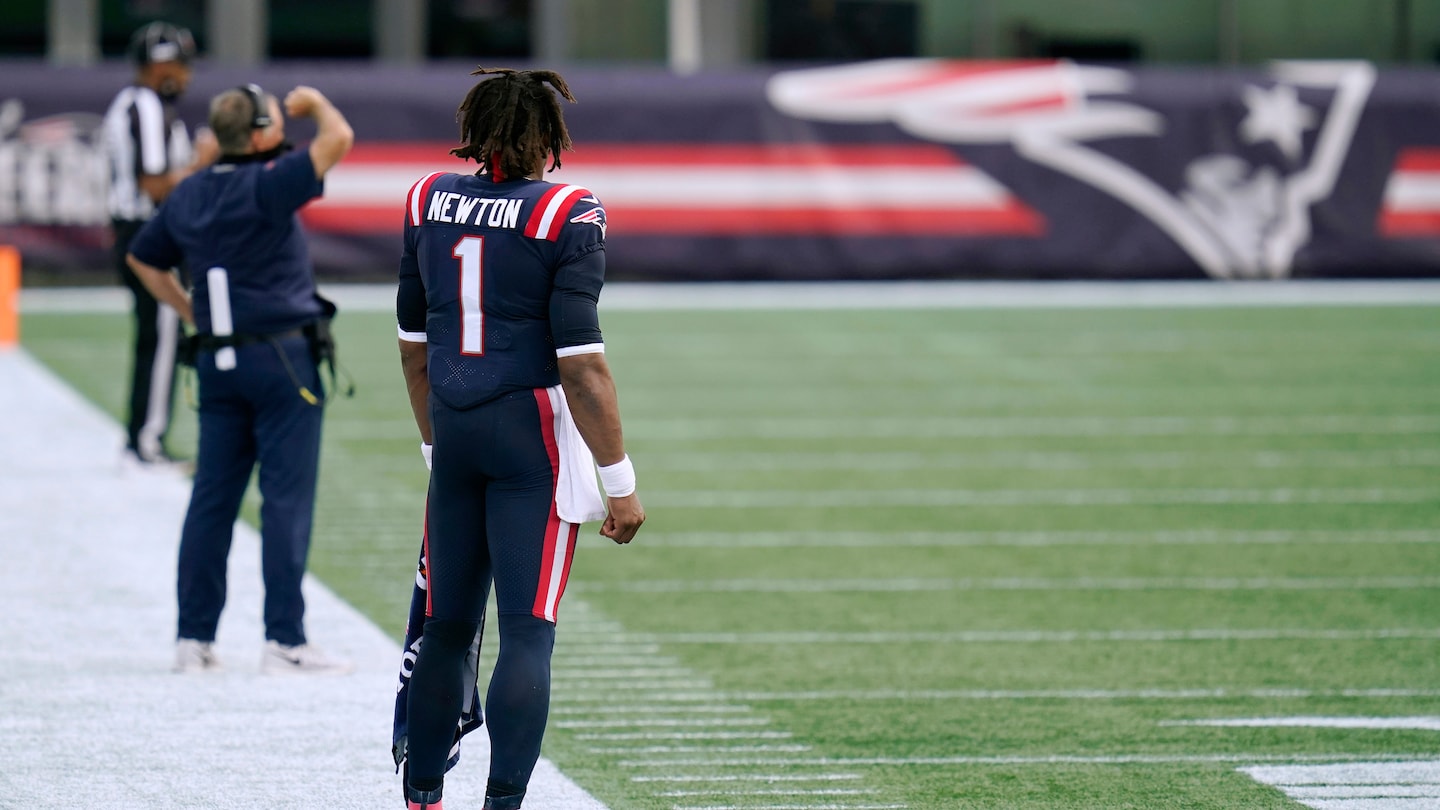In an era of failed governance, the NFL has a chance to show what leadership looks like

One of the benefits of watching “the perspiring arts,” as the late great sportswriter Blackie Sherrod called them, is that the best teams traffic in self-honesty. They admit mistakes so they can transform their setbacks into setups for success. It’s more apparent than ever that Americans could use some of that. You would like to think championship coaches such as Andy Reid and Bill Belichick will show us how good leaders turn things around: They don’t worry about how they look in masks, and they don’t pretend their bad calls were strokes of genius. Rather, they bring deeply learned, experiential skill to guiding a complex organization to the right heading.
The NFL is facing a massive challenge, but its challenge is no different from the nation’s. How do you reopen business, deal with inevitable risk and yet keep your people and your people’s people and your town as safe as possible? You do that with good information, sound processes and leaders who make reason- and experience-based judgments. You do it while understanding that some failures are unavoidable, that not everyone will be perfect and that positive tests might return. And you do it with the knowledge that panicked flailing, crossed messages or defeatism will only make matters worse.
Last week, after the Titans’ outbreak began, a plan was made to play Monday or Tuesday. That plan was scrapped when new information made it untenable. Hard, even undesirable choices were made without embarrassment but with the clear-eyed recognition that we’re at the mercy of unpredictable forces and that the only real weakness is dishonesty.
There’s a difference between NFL play-calling and crisis management. But how NFL leaders act in times of stress can still be instructional. Take Reid, who demonstrated on his way to last year’s Super Bowl that some situations offer no certainties but that real leaders still pursue lucid choices while relying on the best available data. In the AFC championship game, remember, Reid’s Chiefs had trailed the Tennessee Titans by as much as 10 and were three points down when Reid faced fourth down and two from the Tennessee 28-yard line. He had to decide whether to go for it or settle for a field goal.
Statistical analysis shows that the most aggressive NFL coaches on fourth and short have a higher probability of reaching the Super Bowl, but the vast majority flinch when it comes to actually doing it. Their instincts balk, or they worry about boos.
Don’t forget what stage Reid was at in his career at that point. He was just 13-14 in playoff games and had been fired by Philadelphia in 2012 because he couldn’t win the big one. He had been in six conference championships and lost five. What if he took three sure points off the board and lost another? What might people say about him?
Without hesitation he made the call: Patrick Mahomes to tight end Travis Kelce with a four-yard throw. They went on to score and seize the momentum and the 35-24 victory that put them in the Super Bowl. Asked the next day whether it had been a tough decision, Reid said, “No, it wasn’t. We had a good play in mind, and I got confidence in my guys, so we went with it.”
Then Reid started talking about the upcoming Super Bowl in Miami, and it became apparent just how solid his thought process really is. He wasn’t worried about taking his hard-frost-bitten Midwestern team to Miami to play, he said, because the players had spent the last month making sure they were in “warm weather shape.” He had researched exactly what the temperature was likely to be at kickoff: 73 degrees was the average for a Feb. 2 evening in Miami. “I checked on that.”
Sunset, he recited, would be at 5:55 p.m.
Andy Reid knew what time the sun would go down in Miami on Super Bowl Sunday, a month before the game.
And he had had his guys do all the extra running and conditioning after practice to be sure a few degrees wouldn’t be a factor. He added, “We’ve got some Hall of Fame players on this team. And some Hall of Fame leaders. There’s a difference.”
You don’t say.
For those in the White House who have never lived without maid service, this is what leadership looks like. No eggshell ego. No blaming others. No dissembling. Instead, a man who was fired once in his life and learned from it. Who has studied a craft for 21 years without vanity. Who is secure enough in himself not to be defensive about the tough calls he has to make. Who knows he can’t always be right but has developed a thought process so reliable and fact-based that the probability is that he will be right more often than not.
You wish every NFL team and player would handle their decisions with adherence to process. Commissioner Roger Goodell and others in the main league office deserve credit for the example they set in the last months: the virtual offseason, the draft, training camps and the opening of the season went off with what seemed an admirable discipline. Where there was a maskless laxity, heavy fines have been leveled. What matters now is mitigation — to “try as best as possible to prevent spread within any of our team communities,” as NFL chief medical officer Allen Sills said.
This week was a setback for the NFL, but it’s also an opportunity. It’s an opportunity to demonstrate how good organizations deal with a bad break. But more than that, it’s an opportunity to show some clarity, candor and accountability to a country starved for those things.






